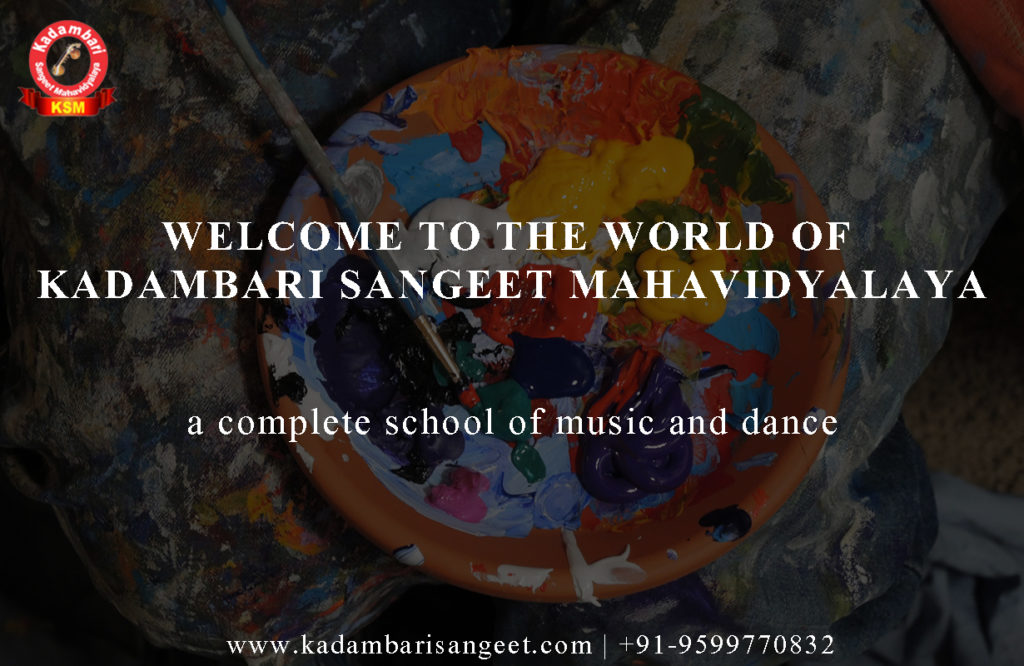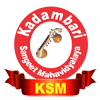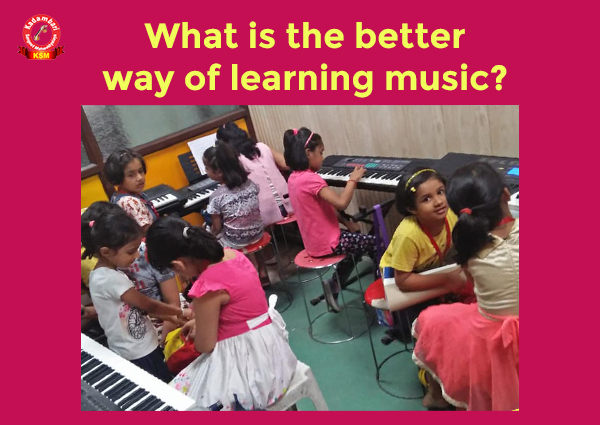What Is The Better Way Of Learning Music
In the following we’ll be discussing a vital topic that’s “What is the better way of learning music?” and will discuss it thoroughly within the article. Many music students find it tough to learn to play an instrument and struggle with music reading. Even after long practice, few children are able to sight-read music off the page in the same way they read a book. The researcher points out that text reading and music reading have several similarities. And thus found a better way of learning music:
Similarities In The Reading Process
In both cases, it is a matter of decoding larger units such as words, chords, and scales instead of individual letters and notes. Moreover, we have a tendency to anticipate what the next word or group of notes is going to be, based on the context. This helps to maintain fluency in reading as well as playing.
Recognition And Understanding
Recognizing individual letters and common words is emphasized in Norwegian methods for teaching reading and writing in primary schools. Writing is an integral part of literacy learning. Writing and text comprehension is therefore emphasized in teaching methods. Other often-used teaching activities are listening and demonstration by using objects that may be seen and touched. The lesson books additionally come with elaborate instructions for lecturers.
The first sentences pupils are presented to typically consist of 2 or 3 words, and textbook illustrations help to concentrate on understanding what’s being read. Understanding is prioritized right from the beginning as the pupils have to reflect upon whether or not the illustration corresponds to the text.
Learning To Read Music
The most well-liked piano methods for beginners are on the other hand typically based on using single notes as commands to the fingers on that keys to press.“Piano lecturers explain music reading to beginners by pointing to the sheet music saying ‘This is note C, D, E. Here are the C, D and E keys. Now play!’ No child is taught how to read by being told ‘This is the letter A. This is B. This is C. Now read!’”.“Additionally, there are no exercises for writing music as well as no information as to what is important to look for in a not so familiar sheet of music. Notes are not explained as visual symbols representing particular sounds, but as commands on which keys to press”.
Lack Of Writing And Understanding
We call for exercises in music writing as well as a concentrate or focus on understanding how harmonic relationships between groups of notes form a sort of scaffold, which the piano piece is built upon. Then harmonic structures can be recognized as meaningful units when you read and play unfamiliar music. “This approach seems to be absent in the most well-liked piano strategies for beginners”.
Harmony involves set rules for what goes along, the reason why, and what to expect next.“If you learn these rules, then reading music, in turn, becomes much more meaningful. You will see the massive image and think harmony instead of individual notes,” according to the researcher.
A New Method For Teaching Music Reading
Based on the strategies for teaching reading and writing used in Norwegian primary schools, Researchers have developed a piano method for beginners called “Listen, write, play”. It includes a lesson book, an exercise book as well as a detailed and elaborate teacher’s guide. The method was tested out experimentally during a school year on a number of piano students and teachers.
How To Achieve The Best Learning
Much time was spent playing by ear and learning about the fundamental harmonic structure of pieces. In addition, the method emphasizes the automatic recognition of single notes and being able to read larger units. The students additionally spent time writing down familiar and unfamiliar melodies.
The analysis showed that student’s skills in reading and playing an unknown piece of music were associated with their ability to instantly recognize single notes. There was also an association between how the pupils may explain the meaning of musical symbols on a sheet of music and their ability to write down easy, unfamiliar melodies played on the piano.
Keeping The Same Music Teacher Is Important
It turned out that the pupils that achieved the most effective results also were the ones with the most lessons with their regular instructor.“Frequent and regular lessons with a teacher who knew the students well gave the best results in learning to read music. Other vital activities were writing music; single notes, familiar and unfamiliar melodies, and composition”.Get in touch with our team for the singing institute in delhi
Discussing Patterns
Discussing the various parts of sheet music, for example seeing when patterns recur, also proved to be important. The location of a note on a particular line or in a space between 2 lines decides the pitch. For piano students who are just beginners, in order to acquire good as well as smart music reading skills the researchers recommend varied teaching activities, which include talking about the meaning of musical symbols, writing music as well as using body movements.“These teaching activities enabled the children to quickly recognize pitch and rhythm patterns”.


